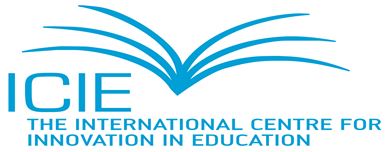W6
Counseling parents of children with disabilities
Marilena Bratu; Sabina Stan
University of Bucharest
Studies from the last two decades have shown that parents of children with disabilities perceive and experience an increased level of distress, affecting their well-being and parental involvement. Thus, receiving adequate support (through counseling activities) would lead to less internalizing and externalizing behaviors in the case of these parents, more important support for gaining autonomy and increasing the quality of family life.
